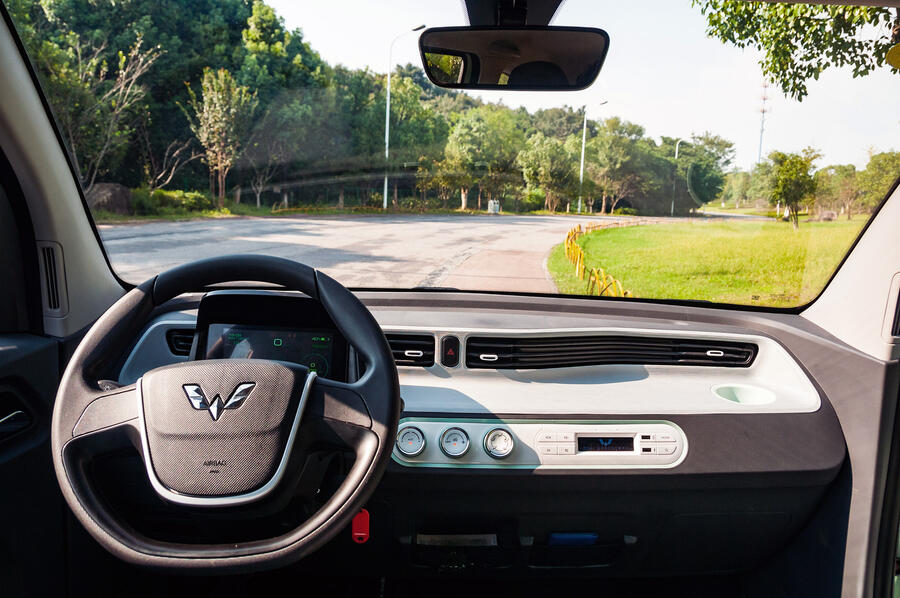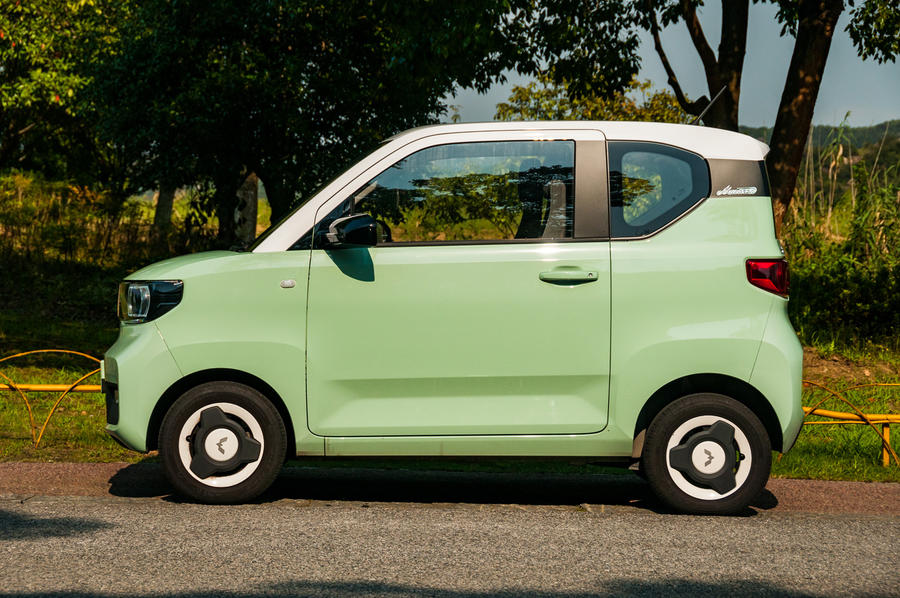The cheapest new car you can buy in the UK today is the Dacia Sandero, whose prices start at £9845.
If you’re after a cheaper way to get around on four wheels in something new, the Citroën Ami (officially classed as a quadricycle) is likely to set you back just under £6000 when it goes on sale in the not-too-distant future.
But if you want a real motoring bargain, you need to go to China. The cheapest car on sale there is the Wuling Hongguang Mini EV, which will cost you the equivalent of £3400 – merely the PCP deposit on most cars. Unsurprisingly, such affordable motoring has proven popular: Wuling has sold 370,000 examples in just 12 months.

Wuling is a Chinese car firm you’re probably not too familiar with. It was founded in 2007 in the city of Liuzhou, near the border with Vietnam. But you will know the others involved in the joint venture that builds the Mini EV: General Motors has a 44% share and MG parent firm SAIC 50.1%, with Wuling the remaining 5.9%.
The Mini EV is a three-door electric microcar, and while those aren’t new in China, this is the first one to truly have success. Part of the reason for that is its stripped-back nature. Some of this stems from its development: the model supposedly went from clean sheet to production in only around a year – which is entirely believable when you get close to one. Compared with the heavier but more stylish Baojun E300, the Mini EV really goes back to basics. A dual waistline along with obvious arches for the 12in wheels accent very boxy looks.
Still, much like Dacia has made the Sandero a little posher over the years, the Mini EV isn’t as bare-bones as it was when first launched. Our recently introduced Macaron version adds some much-needed safety equipment, along with less essential but funky avocado pastel paint and white wheels. There’s also a Macaron badge on the driver’s side C-pillar.































Join the debate
Add your comment
That is not a car - it's a mobility scooter with extra seats.
Better to catch a bus. More room, you don't have to worry about traffic.